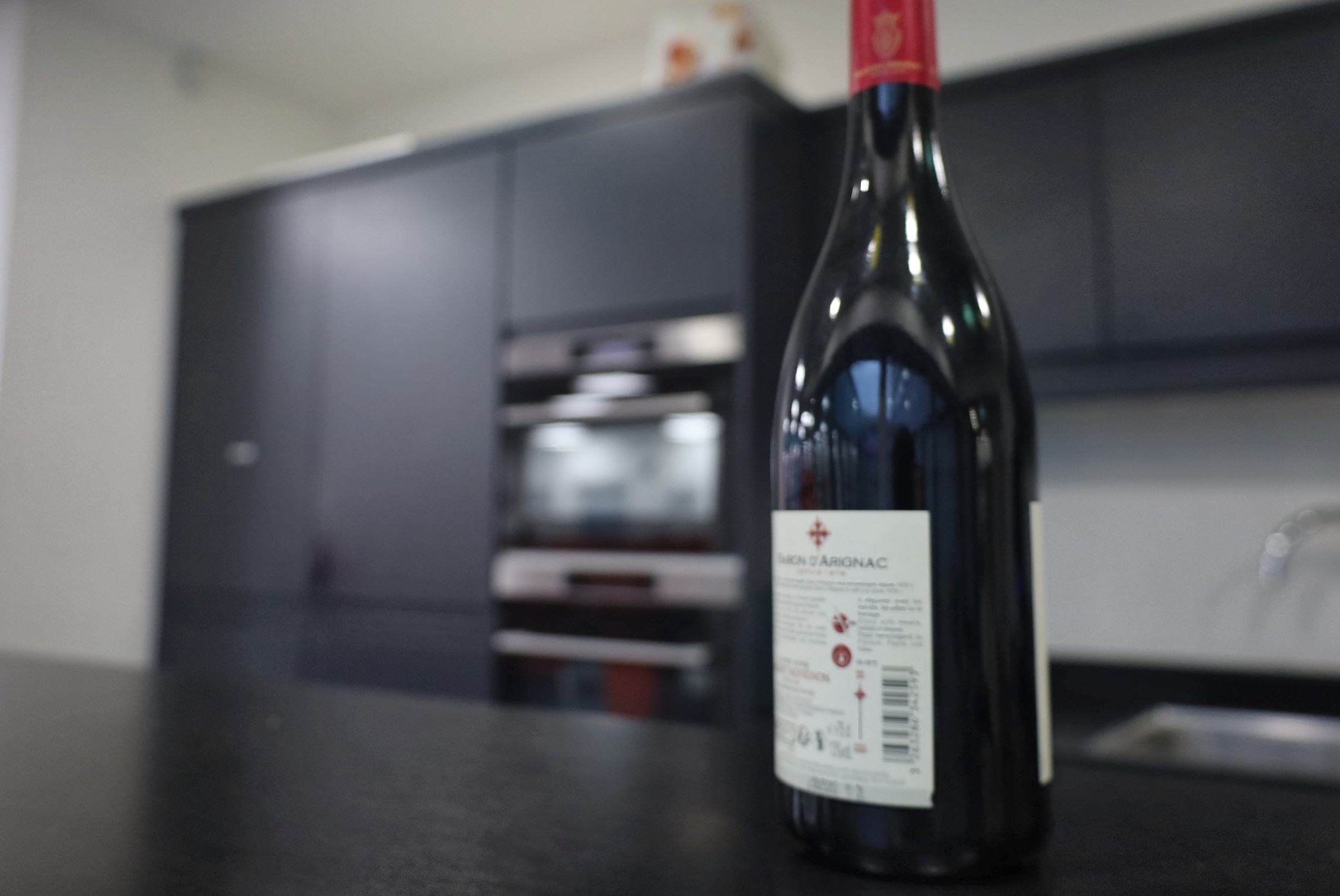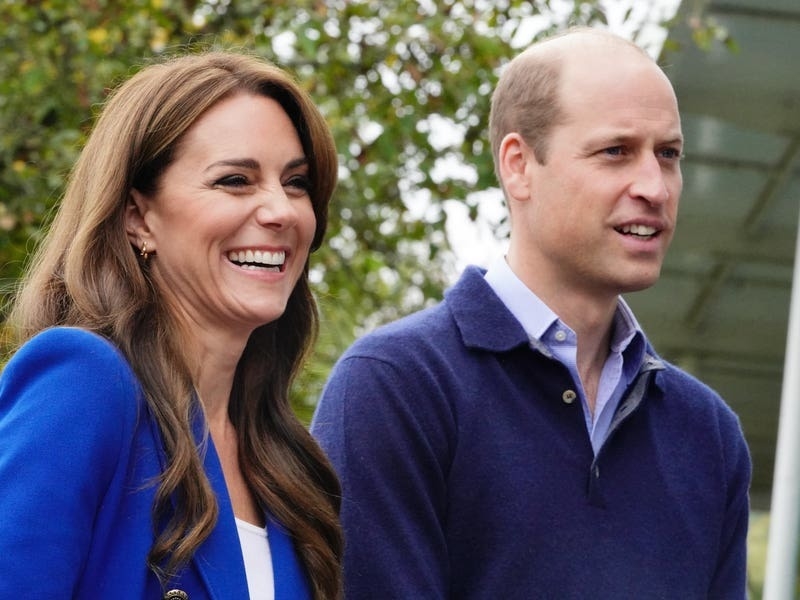ISLANDERS are being warned they could unwittingly be drinking more alcohol than they believe – because the strength of wine has rocketed.
Over the years, the average ABV of a bottle has risen from about 12% in the 1980s – when 10% and 11% bottles were not uncommon – to over 13% today.
Many bottles are even stronger than that, and some Islanders have recently reported struggling to find many lower than 13.5% to 14%.
The rise has been caused by a combination of warmer weather and attempts within the industry to produce tastier and better-quality wines.
Both factors have resulted in a greater amount of sugar in the grapes being used, ultimately meaning more alcohol in the finished product.
Martin Knight, the head of health improvement for the government’s Public Health Department, acknowledged that Islanders may not be aware that the alcohol content in many drinks, including wine, had crept up over the years.
“We know most Islanders are not drinking hazardous amounts but, particularly over the Christmas period, Islanders should be considering the strength and amount of the drinks they have,” he said.
The police will this month be carrying out extra patrols and roadside checks as part of a Christmas campaign to help tackle drink-driving.
Mr Knight said: “The safest option is to avoid alcohol completely if you know you are going to be driving.”
Jordi Sanvicens Moreno, a winemaker for La Mare Wine Estate, said that the alcohol content in its wine was around 2% higher in 2022 than it was two decades ago.
He added: “It’s difficult to say how much of it is because of climate change and how much of it is because of the techniques used.”
He explained that the wine produced last year had an average alcohol content of around 12%, whereas 20 years ago the figure would have been closer to 10%.
“Because the wines we sold this year were from 2022, some people come and say ‘oh, there is more alcohol than when we came here before’ and it’s [a case of us having] captured the sense of the year in a bottle. If the year was warmer, fair enough. That’s what we got.
“Not many people when they are buying wine are asking ‘how much alcohol does it have?’. At least, the portion of the market that I know doesn’t care much about this.”
However, he noted that the rainy and sun-deprived months in 2023 meant that this year’s would will have a similar alcohol content to that of vintages from around two decades ago.
How many units are in your drink
– The below is based on information from drinkaware.co.uk
– Multiply the volume of your drink (in ml) by the ABV, and then divide this value by 1,000. In other words, ml x ABV ÷ 1,000 = units.
– That means that for a large glass of wine (250ml) with an ABV of 14%, the number of units would be: 250 x 14 ÷ 1,000 = 3.5 units.





